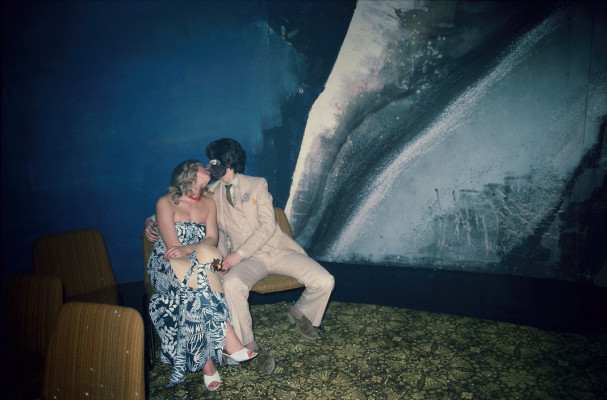





Harry Gruyeart is a Belgian photographer known for his vibrant use of color and for capturing the moments of everyday life in the city. His style was influenced by cinema, especially by directors such as Henri Verneuil and Michelangelo Antonioni. These films have improved his photographic characteristics. Also, because of his extensive travel experience, he can better capture novel things. In late 1960, his work was touted as a “new color” by American critics, along with those of contemporaries Ernst Haas, William Eggleston, and Joel Meyerwitz.
Harry Gruyaert’s street photographs are a mixture of emotions, composition, and lights. His photographs are kind of landscape style because he is not only focused on people but also on the colors and backgrounds. These conditions make his photos more attractive than the other usual street photographs. I like Harry’s works because his photos give us strong visual feelings and abundant emotions. They are very colorful and well-blending, and also let the audience feel comfortable while they appreciate the photos. Harry’s photo inspired me to think that while we are creating street photographs, only people inside the photos are not enough for a good picture. Just as Harry states: “For me, photography is not only a matter of composition or color, it must also talk about place and time.” The overall tone and light source are also very important for helping us get great photos. And they will make the whole picture look more lively.

This photo is my favorite one. The picture shows two girls holding hands and jumping on a stage, and the other younger girl is standing beside them and led by an adult. The major tone of this picture is basically high saturation red, and the composition is quite active because the photo captured the girls’ movement while they jumped. The photographer must be standing in front of the girls so he could take photos from a head-up view. The frame used the rule of thirds because all the people are not in the center of the picture, they’re mostly in the left half of the picture. The background of this photo is the red curtain with a Russian stamp on it. The red curtain corresponded to the girl’s skirt and shirt, which could make a good mix. The photographer basically only took the photo of these girls, and the distance between him and the girls was not very close (the girls didn’t discover him by looking at the lens), he used gestures, which are the girls’ movements. The highly saturated tones and the main subject of the photo create a strong and original visual impression for the viewer. And the entire picture shows a positive emotion, there is no serious atmosphere in the photo, only a childlike and relaxed atmosphere created by the smiling faces of the two girls. I might name it ‘Red Childhood’ because this picture reminds me of my childhood and memories. And I want to be like Harry, to use my own lens to record other people’s colorful lives. Overall, all those elements’ combinations explain a strong idea about the colorful moments in daily life, they could be very simple but vivid.









































Recent Comments